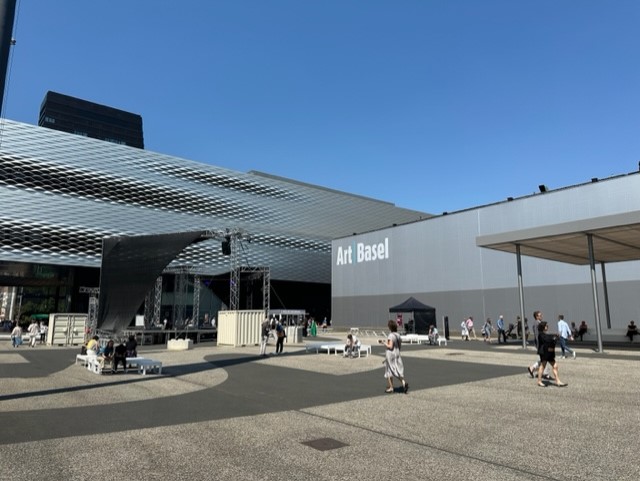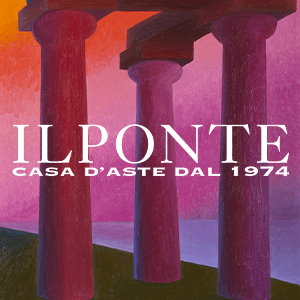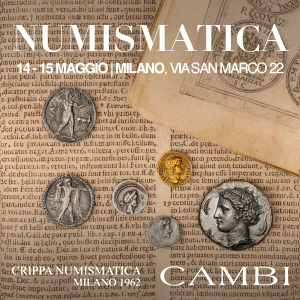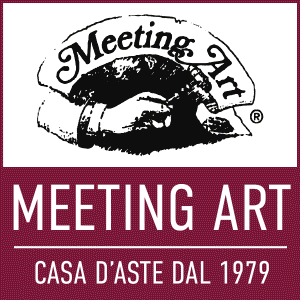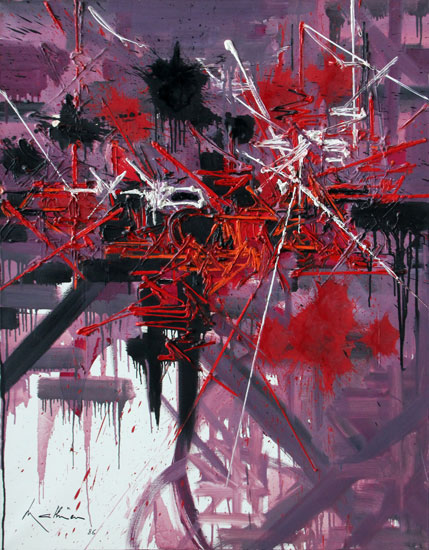
Basel, 13 June. On the occasion of the exclusive First Choice VIP Preview at Art Basel, we meet
Tiziana Ferrari, international art advisor, one of the leading experts in the art markets.
What is the state of health of international art?
We had a slow start to the year. There is a lot of caution, but I can perceive some quiet stirrings.
Sure, there were no white glove sales, as the sold-out is called in jargon, but we can expect more
surprises coming.
Phillips inaugurated its new headquarters in Hong Kong; even without sold-out, 91% of the lots
were still sold. The four Sotheby’s auctions, also in Hong Kong, had a sale rate of 92.4%.
In the UK, a weaker pound favors foreign collectors, but there is still a lot of uncertainty, as well as
in the Chinese market, which has seen its auctions drop by a third.
After a record 2022, what phase are we entering? Stagnation? New growth?
I like to be optimistic; the “geopolitics of art” is now in a phase of reflection, but I foresee a
recovery. 2021 marked an increase from the lows of the previous year, but 2022 sent more mixed
signals.
In today’s context, inflation and interest rates also weigh in. By studying the work of the Bank of
America analysts, we see for example that in the London case the market held up, but important
buyers preferred the more established names to risky speculations.
Three names of artists to invest in, national and international?
I like to recall my predictions from thirty years ago, which turned out to be spot on for certain
artists: I had a client buy a medium-sized oil by Cecily Brown at Art Basel for 30,000 Swiss francs;
the same work today exceeds 800.000 euro. She paints unfrequently and her works are highly
sought after.
Today I carefully study a variety of artistic currents. Many names are already known. Cindy
Sherman has prices on the rise. I would also recommend Alberto Biasi, one of the leading
exponents of European optical-kinetic art, or Sandi Renko, from Veneto, or the artists of Parallelo
Tre. Among the Germans, I would single out Helmut Fleiss; among the Swiss, Christine Streuli.
Among my searches, a mention goes to Kawaii Pop, which has had an important crescendo in
recent years: the Italian Paolo Pedroni can still be purchased for between 2,000 and 15,000 euros,
but it is destined to rise. The leader of this current, Manuka Yamamoto, today has prices that
sometimes exceed 100,000 euros. Also in Japan, Yosuke Ueno assimilated the codes of the new
surrealism. The Filipino Blic has arrived at the Kawaii pop fusing graffiti and street-art. In Italy we
have Millo, he too comes from street art. Yocotin, a young artist who has been producing for four
years, is highly sought after by the Millennials. Fatima Ronquillo, a very refined artist already
present in important museums, is much sought after.
The Thai artist Alex Face is already present at the Moca Museum in Bangkok; his works range
between 20,000 and 80,000 Euros.
Finally, I cannot leave out two of my “icons”: Ghada Amer and Vanessa Beecroft. And also Alex
Carer, Catharina Grosse, Latifa Echakhch. And many African artists.
Advice for a novice collector? Who should you rely on to build a collection from the beginning?
Today the new collectors have very clear ideas. First, you need to start with an idea of your
budget. Then, I always recommend attending fairs, even international ones, to study art currents.
It is better to seek guidance from art advisors of proven competence: avoid the “know-it-alls”, and
do not rely on just one gallery owner. Collectors have the freedom to choose and buy what is important to them, but I always suggest
visiting the academies first, studying the fairs and the auctions.
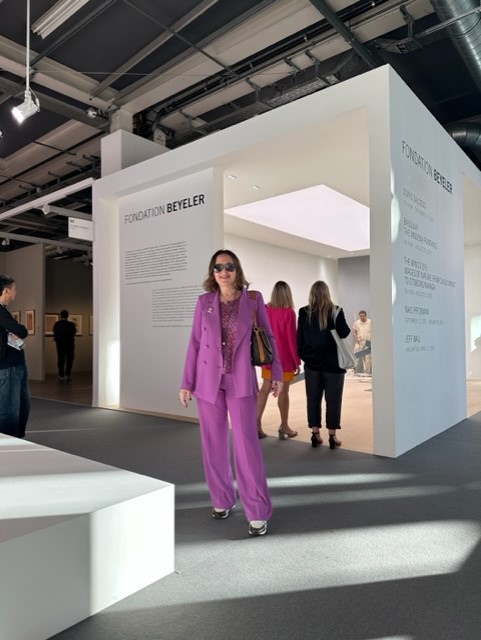
What are the trends in the sector today?
Today the trends are both cultural and social, we are experiencing a moment of new global
awareness. Digital art is a perfect mirror of the “new era”, as are NFTs, photography and video art,
the metaverse, the blockchain. Even African art today is experiencing a strong protagonist role: a
significant boost was given by the Obama spouses, who wanted their trusted portraitist.
Barack relied on Kehinde Wiley; Michelle, however, chose the African-American artist Amy
Sherald. It goes without saying that the prices of the two artists have skyrocketed.
But even Asia, which has many interests in Africa, has strongly promoted its art, something
unthinkable years ago when speculators invested in Chinese artists.
Let’s make a brief historical note: the important role of propagators of Art Negre goes to the
historical avant-gardes of the early twentieth century, with Cubism, Fauves and Die Brücke among
the first. Italy had been a pioneer, organizing the “Black Sculpture Exhibition” in Venice for the XIII
International Art Exhibition. We have to get to the Eighties and Nineties to see the explosion of
contemporary African art, which acquires full right of citizenship in the international art scene. We
find some artists who have become important, such as Chêri Samba, Seni Camara and Frédéric
Bouabrè and some unfortunately still in the shadows such as George Lilanga. Julie Mehretu – an
Ethiopian naturalized American – exhibited his works at the Lacma in Los Angeles, the South
African Zanele Muholi, at the Tate Modern in London, Yinka Shonibare, a Nigerian naturalized
British, received the prestigious Icon award. In 2019 the Ghanaian artist El Anatsui won the Golden
Lion for Lifetime Achievement at the Venice Biennale.
Kara Walker had a retrospective exhibition at the Kunst Museum Basel; she is an artist strongly
committed to social issues and to the fight against racism, as is the South African William
Kentridge, born in Johannesburg during the apartheid years. Simone Leigh won the Golden Lion
for Brick House at the 2022 Venice Biennale, she is the first black female artist to represent the
United States.
Without a doubt, the boom in African art is the most outstanding phenomenon of the last five
years.
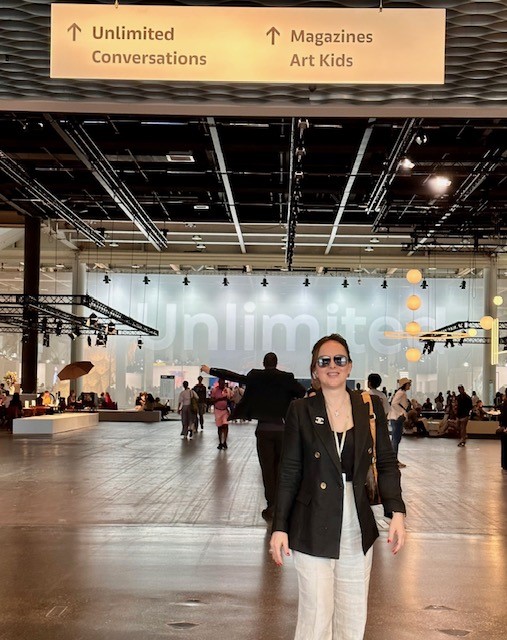
Do you think Paris can really take over London as the center of the European art system? How
do you assess the development of the market in the French capital?
The “Ville Lumière”, in the post pandemic, has undoubtedly acquired the scepter for the
international art market. In Avenue Matignon, where the Paris office of Christie’s has been located
for years, important galleries have settled, including Emmanuel Perrotin, Kamel Mennour and
Almine Rech, thus sanctioning a cultural renaissance of Paris as a center for international art. Its
many museums, its history, its high-level collectors, its fairs such as Paris+ par Art Basel, put it in
first place in Europe.
Many insiders predicted this renewed focus on Paris as early as 2016, when the UK voted to leave
the European Union. Post-Brexit France looks more attractive on a European level, maintaining its
position as the fourth largest art market in the world with a stable share of 7%. Certainly Brexit did
not help the market, and Paris in Europe was more “approachable” in the pandemic and postpandemic period.
And Italy? Which are the factors that could help and support the sector?
One point on which all operators seem to agree is the need for a reformulation of VAT to ensure
benefits for our country and advantages for the entire art supply chain. This is a theme that crops
up at regular intervals in Italy. Undersecretary to the Ministry of Culture Vittorio Sgarbi recently
announced a review of VAT rates in relation to works of art; it would be an important initiative,
because it means acknowledging the importance of the art world as an economic as well as
cultural agent, and it would arouse greater interest in our market.

What about the international scenarios? Do you think that the uncertain socio-political situation
could affect the art market?
The main function of art is to guarantee the possibility of expressing oneself, in spite of dangerous
constraints, or forced adaptations to common thought. As far as the market is concerned, New
York (the first global sales location) is the real test. After the robust increase in sales in both 2021
and 2022, it will be interesting to see how buyers react to this year’s choppy economy. It was the
Millennials who helped the global art market to resist the pandemic, and to conquer a leading role
in the international art market. Bloomberg data report that 40% of art is bought by very young
people, with an investment portfolio of 3 billion dollars. In the pandemic period, the absence of
fairs, inaugurations, meeting opportunities, has led young people to pour into the digital “square”,
exercising strong power over international trends and creating real opinion makers: collectors
such as Emily Ratajkowski, G- Dragon and Taeyang, who boast an audience of millions of followers
on Instagram.
What will be the future of art galleries?
In 2020 the fate of art fairs and galleries seemed sealed, stuck between lockdowns and the
transition to online market. In 2022, on the other hand, there was a strong turnaround: in fact,
despite the costs to be sustained in order to participate in trade fair events in every part of the
globe, many galleries have chosen not to give up the presence of their own stand, also
consolidating their status online. The most forward-thinking galleries had already invested in the
web before the pandemic, thus developing segments of cohesion with their customers.
The galleries will always be important and performing for the first market. On total sales, there
was an increase from 27% in 2021 to 35% in 2022, although the figures are significantly lower than
the pre-pandemic levels of 2019. In general, the two-year period 2020-2022 was characterized by
a strong increase – in terms of attendance and investments – in the online sector by auction
houses, art galleries and large marketplaces. Every year, the turnover linked to these platforms
exceeds 4 billions dollars. An incredible figure; also contributing is the fact that on some sites it is
possible to participate in the auctions of the various market operators.
NFT Art. What can you tell us from your privileged point of view? Is there still room for
investment?
Within international markets, digital art is creating a unique place for itself, fusing the world of art
and technology to create new expressions for artists and new possibilities for collectors and
investors. With the growing popularity of non-fungible tokens (NFTs), we are experiencing a
significant shift towards a more inclusive and accessible marketplace. Art Basel, the leading
international art fair, also recognized this trend and its potential impact. In February 2023, the
Centre Pompidou acquired a series of digital works by artist Sarah Meyohas, a pioneer in the NFT
world, which add to another 17 NFTs already in the collection of the French museum. In my
opinion, in the coming years, NFT crypto-art will see a further increase in development, therefore
generating an increasing investment margin for collectors (but caution is always to be
recommended).



